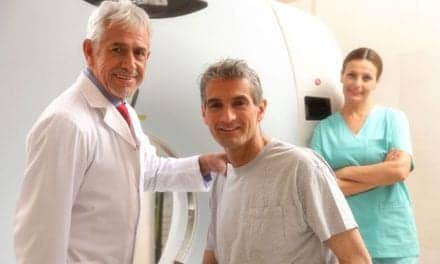While concerns about the amount of radiation received by patients are growing in the corridors of the U.S. government, researchers are finding ways to drastically cut dose amounts and still deliver clinically significant images.
Recently, researchers from Columbia University Medical Center, New York-Presbyterian Hospital, the National Institutes of Health, and Toshiba American Medical Systems investigated the effectiveness of different dose amounts for CT angiography and found that volume scanning delivered significantly lower radiation doses with clinically similar results. The results of their findings were published in the March issue of Radiology (http://radiology.rsna.org/content/254/3/698.abstract).
Scans were performed in six scan modes, including both 64-row helical and 280-row volume scans. Effective doses were determined by the method most commonly used in medical literature: multiplying dose-length product by a general conversion coefficient, determined from Monte Carlo simulations of chest CT by using single-section scanners and previous tissue-weighting factors.
The team found that the effective dose was reduced by up to 91% by using volume scanning. The lower dose image had similar noise to a helical scanned image.
(Source: Abstract)




